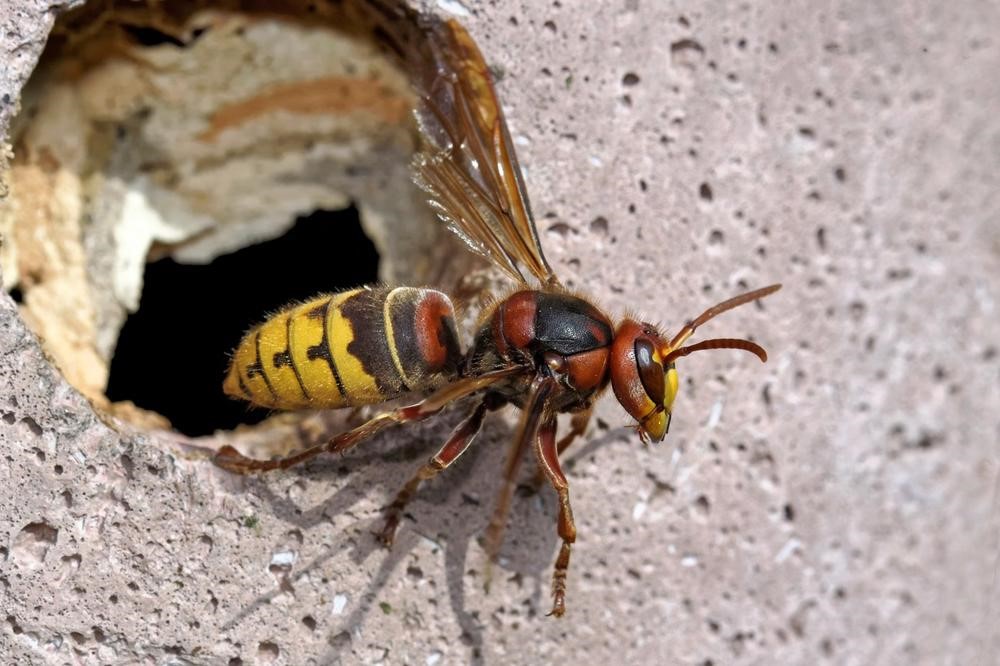Disinsection is a set of different measures taken to reduce the population to at least the edge of damage, stop growth and reproduction or completely destroy the present population of harmful arthropods that transmit infectious diseases, parasitize the human body, cause allergic reactions, have toxic effects or are food disturbances or storage pests and are carried out by mechanical, physical, biological or chemical measures.
Mechanical measures disinsection include cleaning rooms, the timely removal of waste and other materials suitable for the growth of harmful arthropods, remixing stocks tumbling and drying habitats, install barriers (net), use traps and adhesive tapes with or without attractants.
Chemical measures of disinsection include the use of pesticides to reduce the total number, stop growth and reproduction or completely destroy the present population of harmful arthropods and their developmental forms, as example in mosquitos control, destroying maggots.
DISINSECTION OF WASPS AND HORNETS

Wasps and hornets are medium to large amphibians whose adults have a black slender body with yellow transverse stripes. The modified litter, ie the sting, serves to stab the prey (most often the perch), thus paralyzing it. They feed on nectar, honeydew, fruit juices, insect larvae, etc., with a maximum distance of 500 to 1500 m (hornet) from the nest.
All wasps build nests that we call wasps. Most species of the wasp family live a cooperative life and build wasps in which 10,000 individuals can live at the same time. Aspen is built in the ground, hollow trunks or on tree branches, under the canopy of residential buildings, in roller shutter boxes, in attics, under balconies and other similar places.
Hornets can reach a length of 5.5 cm and bring the most fear among people. The most common is the European or angry hornet. True hornets belong to the genus Vespa and differ from other wasps because their head is very wide behind their eyes, just like their chest, and they have brownish-red patterns at the base of the buttocks. The angry hornet is not tied to special habitats. It is active during the day and at dusk, from June to September. The shot are aggressive if they feel threatened, that is, when their colony is disturbed. In case the victim is a human, an allergic reaction can develop, while multiple hornet stings can be fatal.
The destruction of wasps and hornets is one of the risky interventions that we perform almost daily from June to September.
By calling the phone number 622-670 or e-mail: sanitacijakoprivnica@gmail.com, we arrange interventions, which are performed on the same or the next day, depending on the schedule and agreement.
Compared to previous years, we observe a small increase in the number of nest removal interventions in the entire Koprivnica-Križevci County, but also in the surrounding counties.
